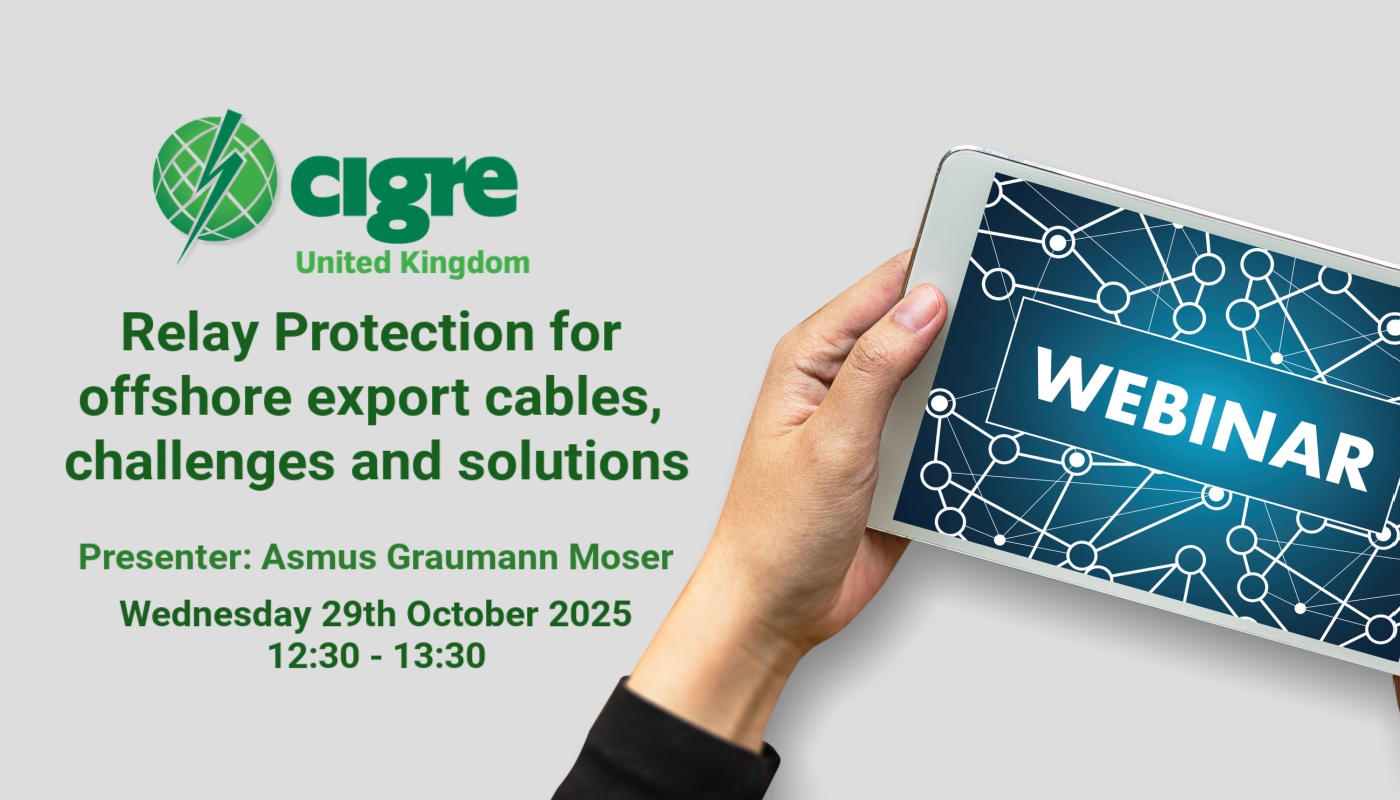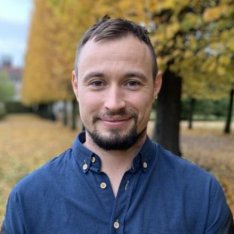
About this Technical Webinar:
One of the primary challenges with offshore wind projects is efficiently transmitting large amounts of wind energy to the grid. To achieve this, submarine AC export cables are commonly used to deliver power from offshore wind farms to onshore consumers. These cables can be complex and are often of considerable length, sometimes exceeding 100 km. To compensate for the reactive power generated due to cable capacitance, fixed or variable shunt reactors are typically installed at one or both ends of the cable.
The combination of the cable’s capacitance and the inductance of the shunt reactors can significantly affect the performance of relay protection IEDs installed in the system.
For export cables, the following protection functions are typically employed:
- Line differential protection (87L)
- Line distance protection (21)
- Communication-based zero-sequence directional protection (67N)
However, the performance of these protection functions can be influenced by several factors:
- Cable capacitance and its associated charging current, which can reach up to 1000A in extreme cases.
- Varying wind farm source impedance.
- Ringing down phenomena caused by the interaction between cable capacitance and reactor inductance during circuit breaker operation.
- Connection group and grounding configurations of power transformers at both cable ends.
- Inhomogeneous cable sequence impedance due to the use of different cable types and bonding methods along various cable sections.
- Short circuit contribution from the grid side.
This presentation highlighted the challenges faced in such installations and proposed possible solutions. Actual disturbance records from field data will be utilized to highlight the issues affecting relay protection IEDs performance.
Click on this link to download the presentation: Relay Protection for Offshore Export Cables- Challenges & Solutions
Presenter: Asmus Graumann Moser

I am a dedicated power system protection engineer working for Ørsted Wind Power A/S since 2018, the leading developer of offshore wind farms.
In my day-to-day work, I perform protection settings calculations, provide remote support to our offshore wind in operation, and conduct power system fault analyses.
Additionally, I support our R&D activities and collaboration with local universities.
I started my career in an electrical distribution company as a protection and control engineer in the operations and maintenance department.
I hold an MSc in electrical engineering from DTU in Denmark.

